UVM will not divest, says UVM’s new leader of sustainability
Richard Cate, University treasurer and vice president for finance, sits in his office, Sept. 26. Cate was tasked to handle all sustainability and climate action issues by President Suresh Garimella at the beginning of September.
President Suresh Garimella’s pick to run sustainability issues at UVM said he won’t push for divestment from fossil fuels, despite calls from students.
Garimella has tasked Richard Cate, vice president for finance and University treasurer, to oversee UVM’s sustainability and climate action issues, according to Sept. 13 email.
Cate’s appointment came after SGA President Jillian Scannell, a senior, gave Garimella a report urging him to take more action on sustainability.
Garimella did not want to create a commission, instead, Cate will pull together a team to get the job done, Garimella stated in the email.
Although Cate expressed his desire to listen to student voices, he did not indicate his support for divestment because it wouldn’t have a major impact on helping the environment.
Previously, the board of trustees has indicated they do not want to divest, he said.
“It’s something that the board of trustees has said they do not wish to pursue so my question is what can we do otherwise,” Cate said. “Our investments are so small that [fossil fuel] companies wouldn’t be adversely affected because the investment would simply be bought out.”
In 2013, roughly 10% of the money in UVM’s endowment was attributed to fossil fuel investments. This amounts to around $38.8 million, according to a September 2013 Burlington Free Press article.
Scannell believes that divestment should be a top priority for UVM.
“At the very least I think that the University should divest from coal,” Scannell said. “There’s a movement on campus for that, so if that’s something students want then we should look into it.”
As an alternative to divestment, Cate suggested that students should transition towards bikes and away from cars to reduce the carbon impact of UVM.
“When a student says they’re not going to drive a car anymore and they’re going to ride a bicycle, they’ve actually done something,” he said. “They’re reducing the amount of oil that is needed.”
Garimella has assigned Cate to work with Scannell on two climate goals that she presented to Garimella in early September.
The first is to update UVM’s Climate Action Plan goals regarding transportation, travel and waste. The second is to assess whether or not the Clean Energy Fund money is being used appropriately.
Scannell’s request for more climate action comes as UVM faces pressures to live up to its sustainable image.
Many students and student groups are pushing for more to be done.
New environmental groups have formed on campus in recent years, including Climate Communication Advocacy and Literacy Laboratory, Vermont Public Interest Research Group and Organize, a club committed to divestment from fossil fuels.
Senior Kieran Edraney, the president of Organize, said that the club is currently working on a divestment proposal to present to the board of trustees.
“The board of trustees has a lot of power in this… they have the final say,” Edraney said. “If they accept [our proposal] then we’ll divest from fossil fuels.”
Students showed their support for climate action at the UVM Climate Strike Sept. 20. Around 600 students and faculty gathered on the Andrew Harris green to protest global warming and ask people in power to do more to combat climate change.
Cate will meet with Scannell and members of SGA’s Committee on the Environment Oct. 9 to discuss the first steps they want to take.
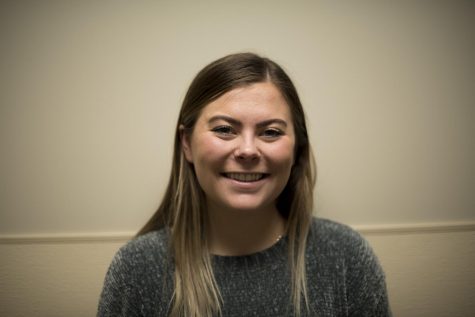
Emma Pinezich is a senior Political Science and French double major from New York. She started working for the Cynic as an illustrator in her first year...


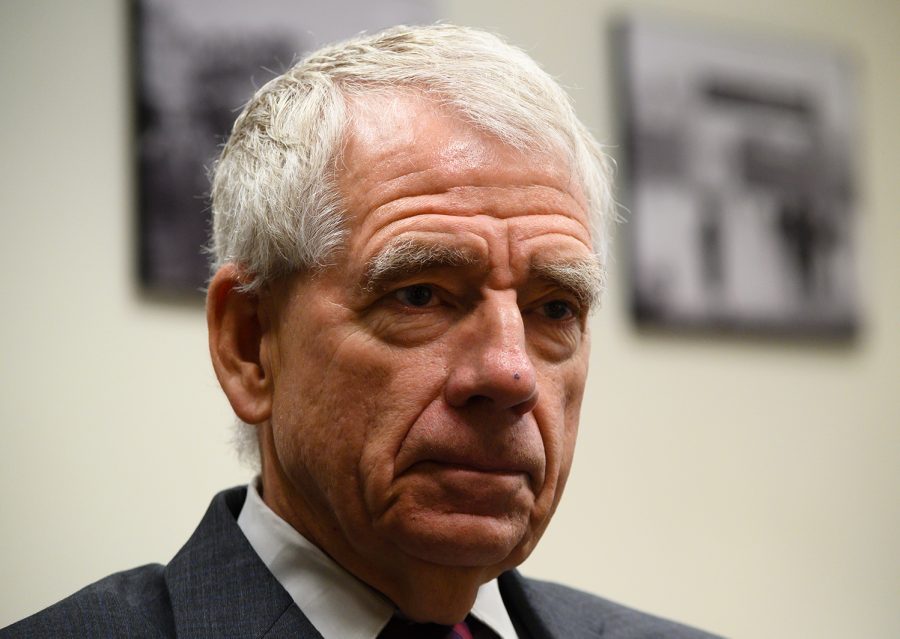
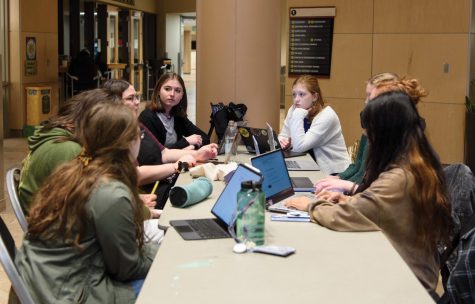

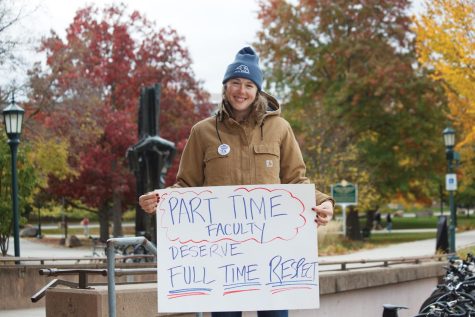
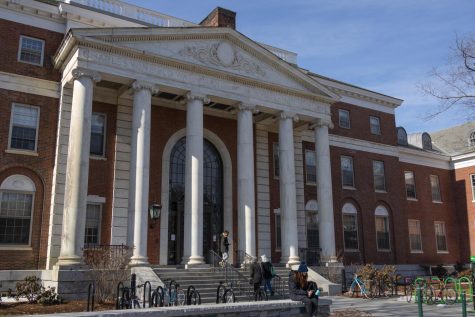



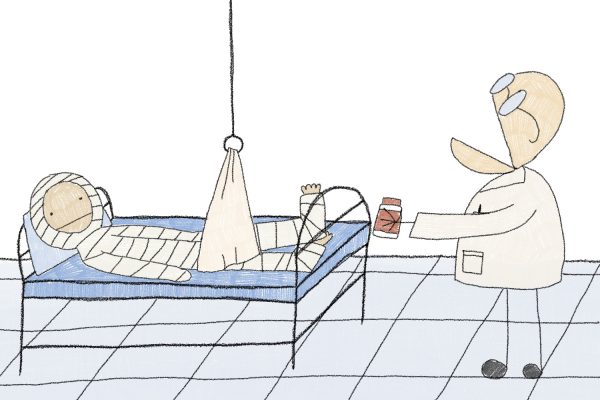

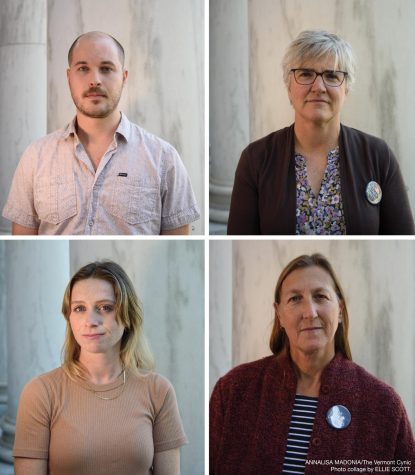

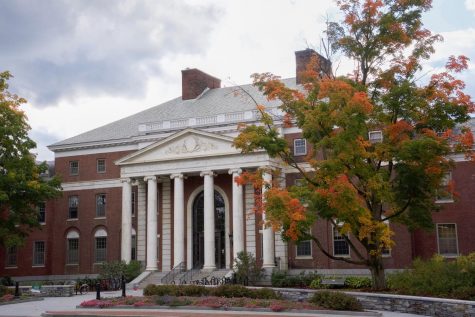
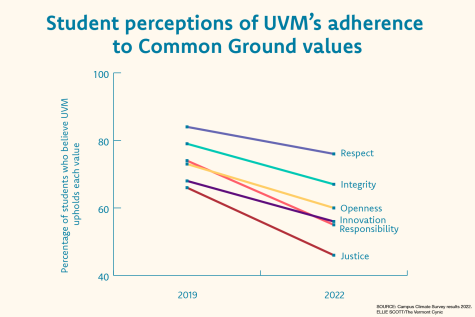
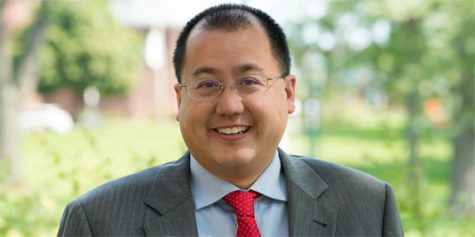
M • Jan 25, 2020 at 6:42 pm
As a former Sustainability office employee and manager of the Clean Energy Fund, this response should not be a surprise. But students always seem to be shocked the administration and board of trustees are not sticking to commitments made during President Fogel’s tenure. UVM relies heavily on Vermont’s “green” brand and since President Sullivan and Provost Rosowsky administration, they crushed any serious efforts from the OoS and staff to implement change. At one point Rosowsky asked an administration if sustainability is one of the top five qualities of the UVM brand while the university was undergoing rebranding through an outside branding agency a few years ago.
Other institutions, who are outside the Vermont green bubble, out perform UVM with their follow through in commitments (for example, University of Maryland College Park). On the other end, as much as students bring awareness to climate matters often times their demands are for short term and not strategic long term solutions (because they aren’t immediate or appealing). When managing the CEF, it was challenging to wade through ideas that benefited students in the short term , but didn’t do the Fund’s intended purpose to address renewable energy strategies institution wide to meet its climate action goals. Plus some academics at the campus got in the way of long term strategies, using the students voices to create barriers for our office to do anything. In my opinion, between the administration, academics, and student activists, I didn’t see anyway UVM would be able to meet its climate action commitments that were underway in 2008. UVM is not the only institution to take this tactic and when I left the field of campus sustainabilty field in 2016, my colleagues shared similar stories of working at schools who subscribe to being “sustainability lite” but working hard to be perceived as the top green institution.
Let’s be real here, the Vermont “green” brand is great but the consequence is that is easy to hide behind it and do absolutely nothing to implement lasting change.
Ron • Oct 2, 2019 at 9:27 am
Cate’s argument is idiotic. Indeed, it is no argument at all UVM’s investment may seem small, but it is one of many. If a divestment movement succeeds it will because thousands of colleges divested, not just one.